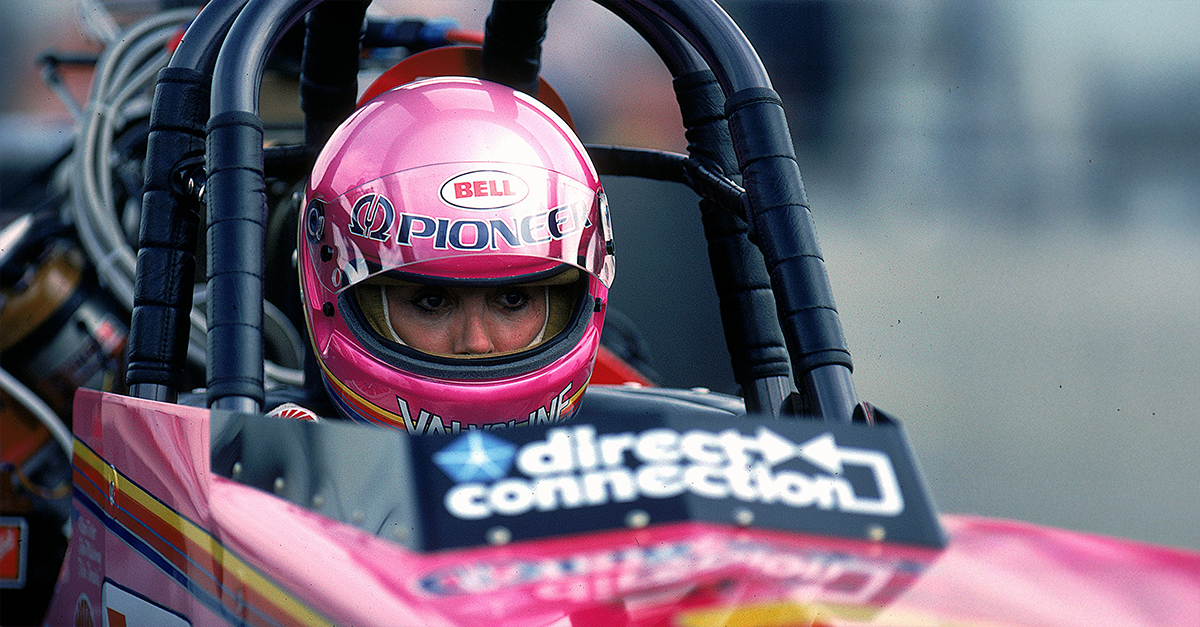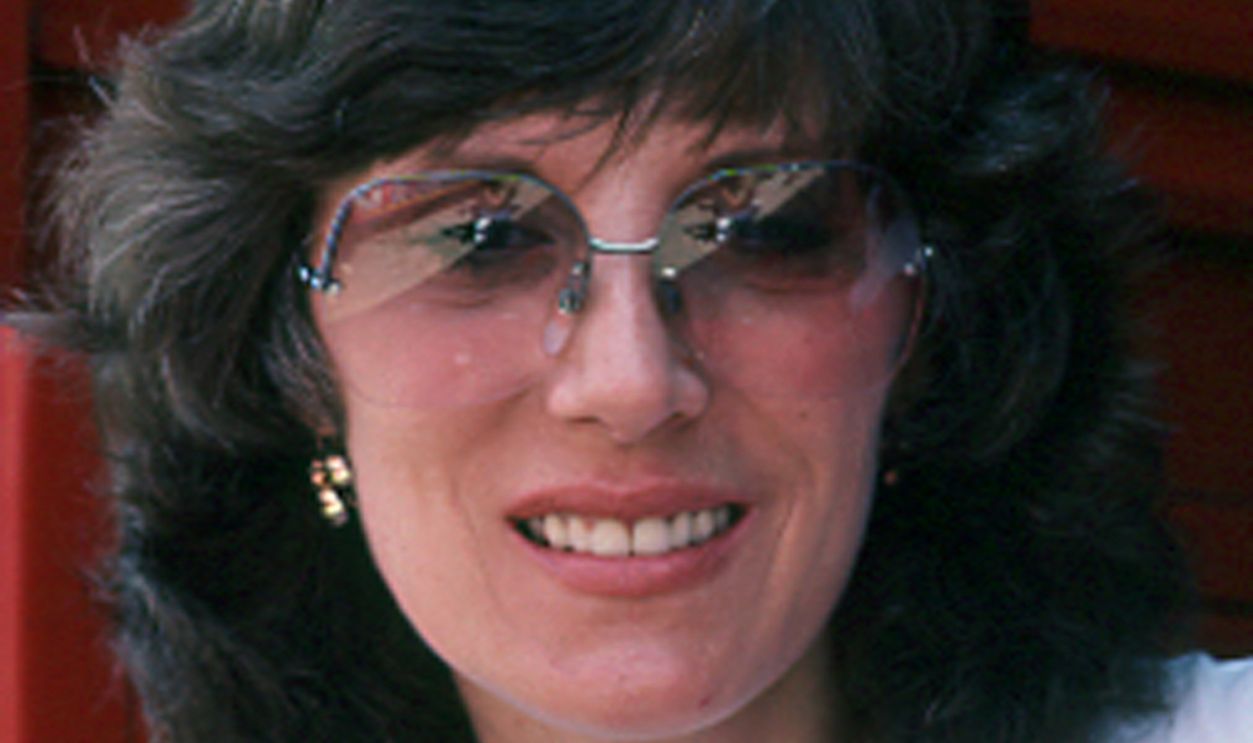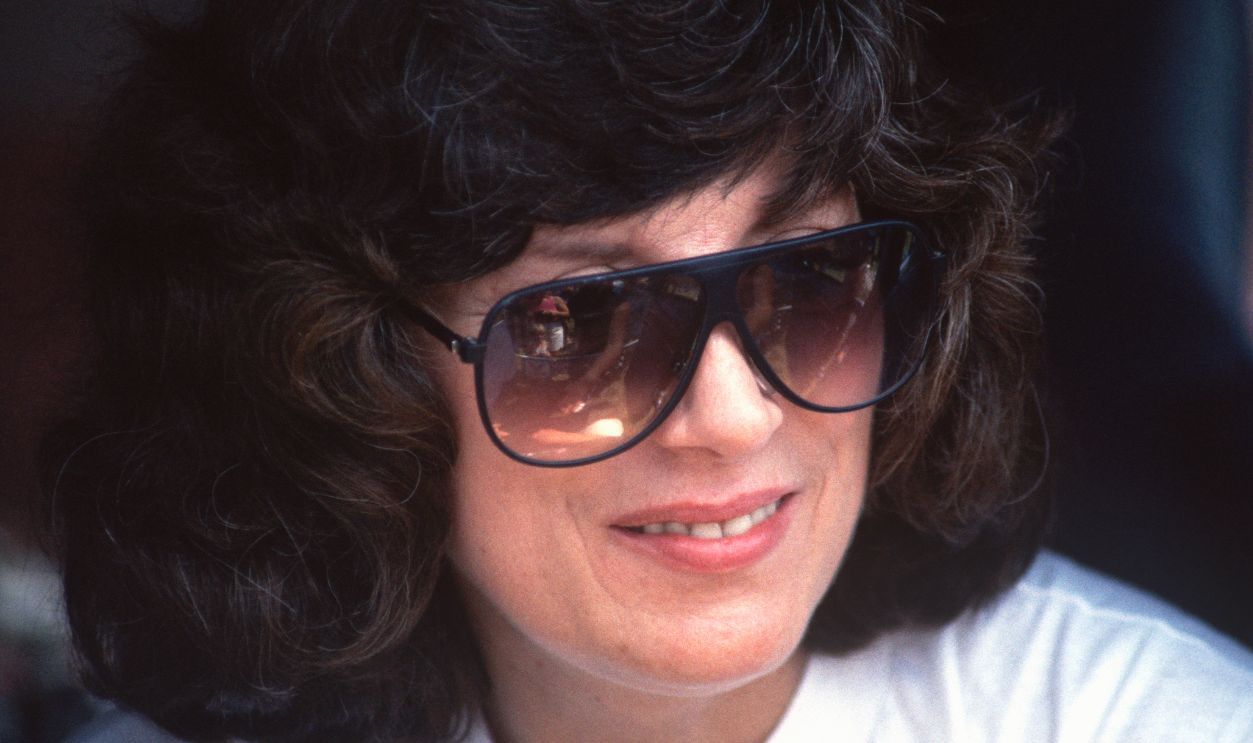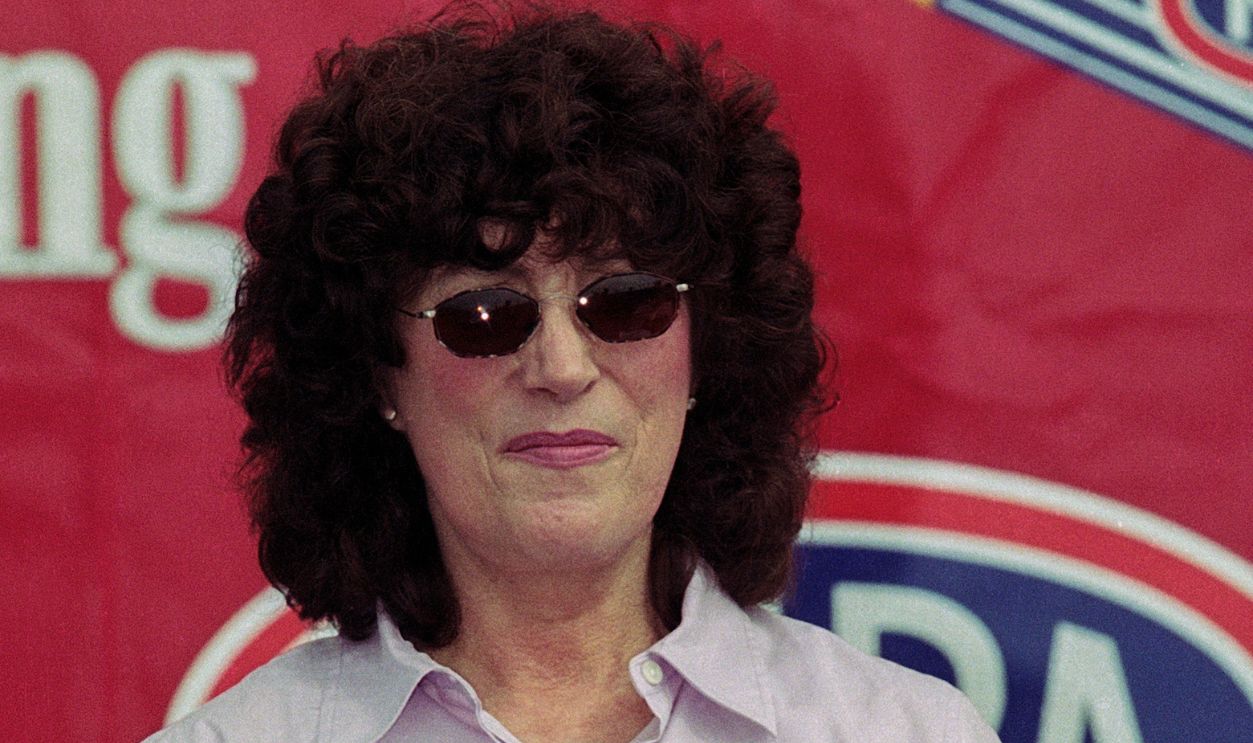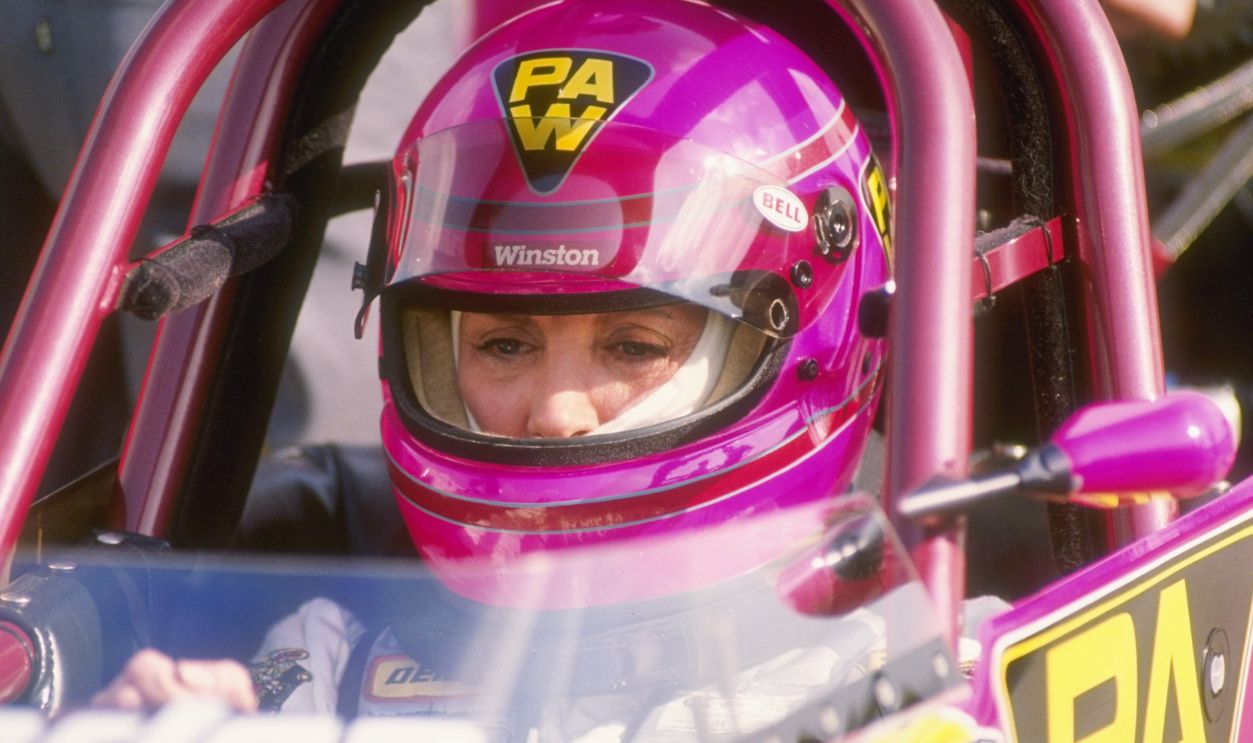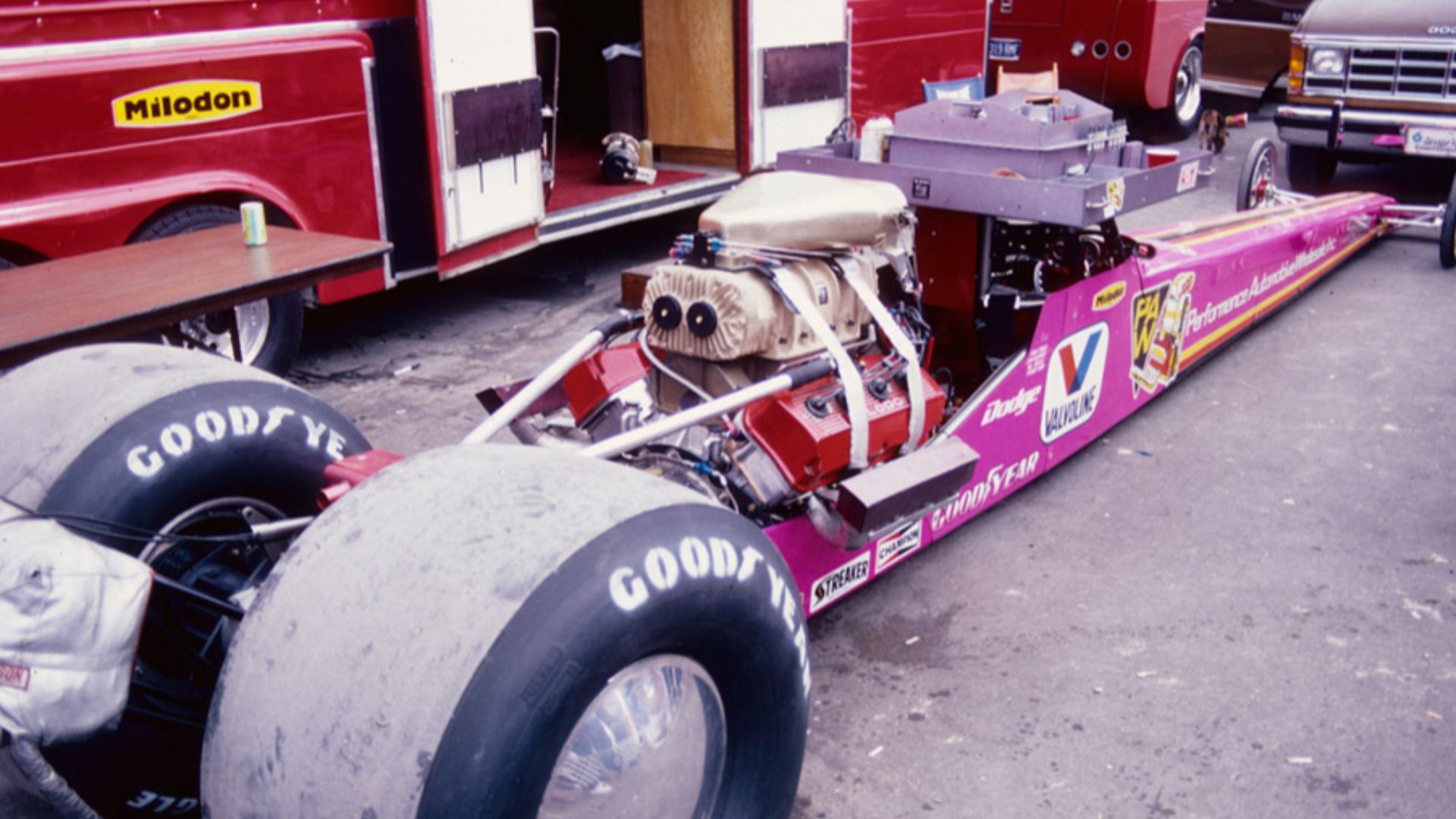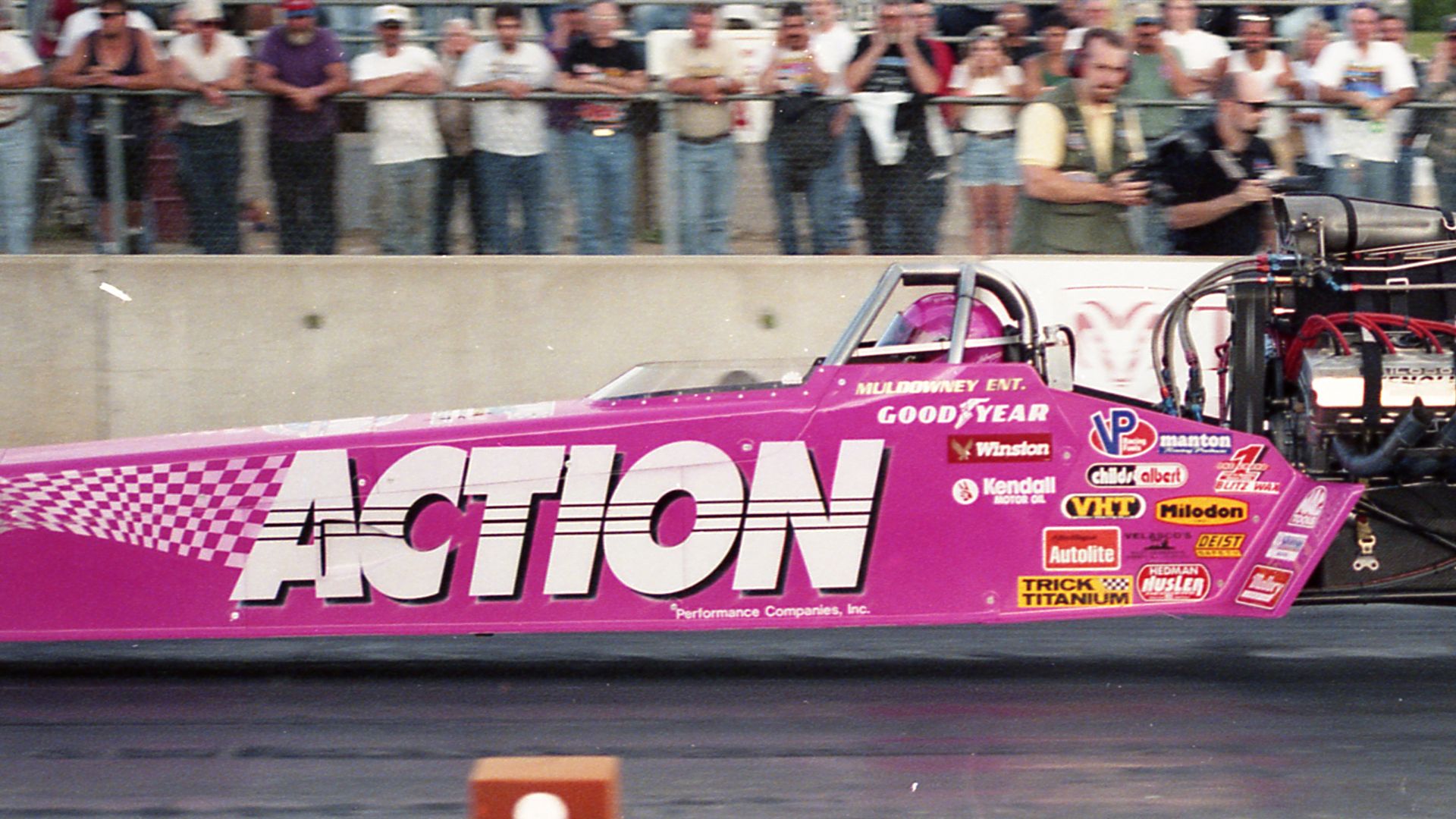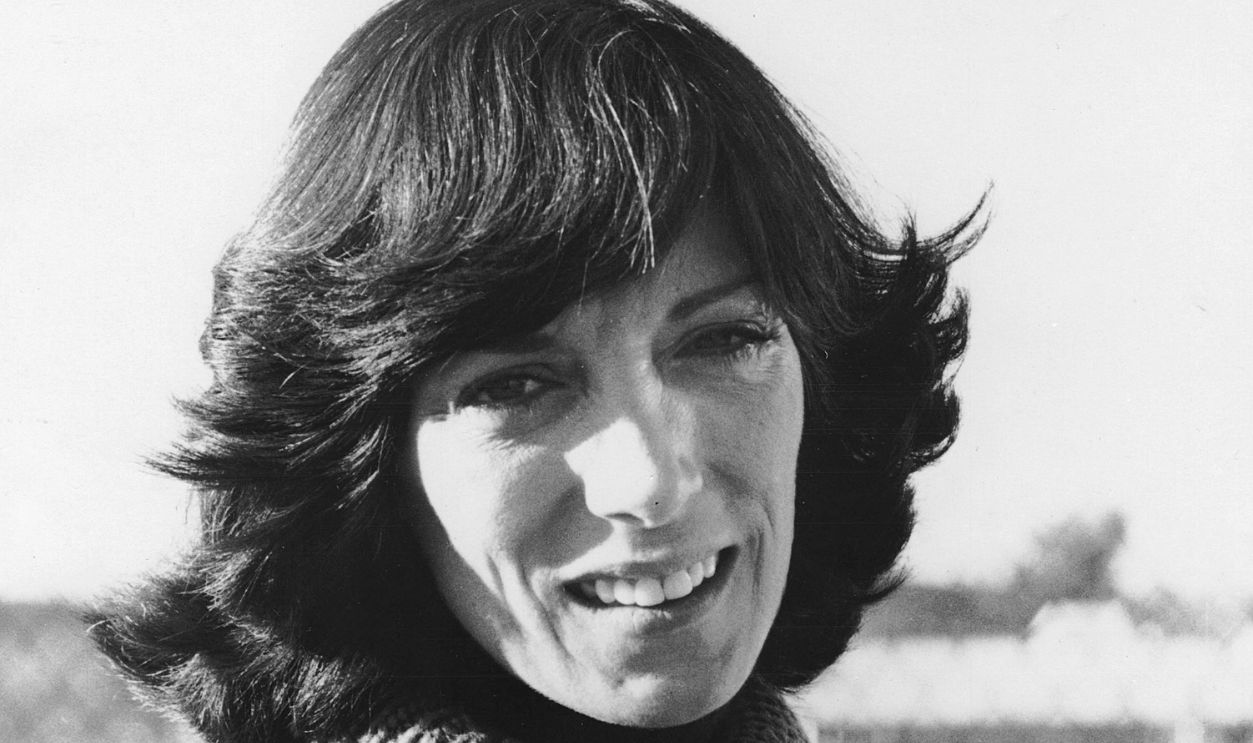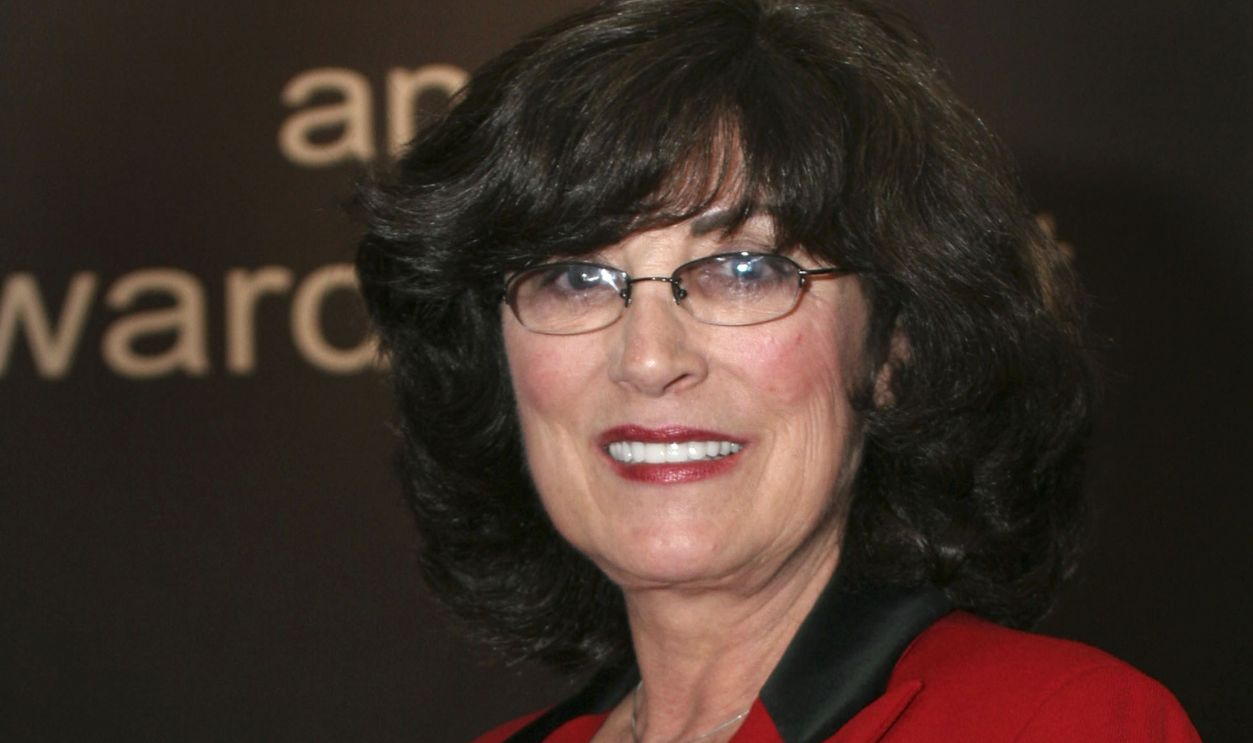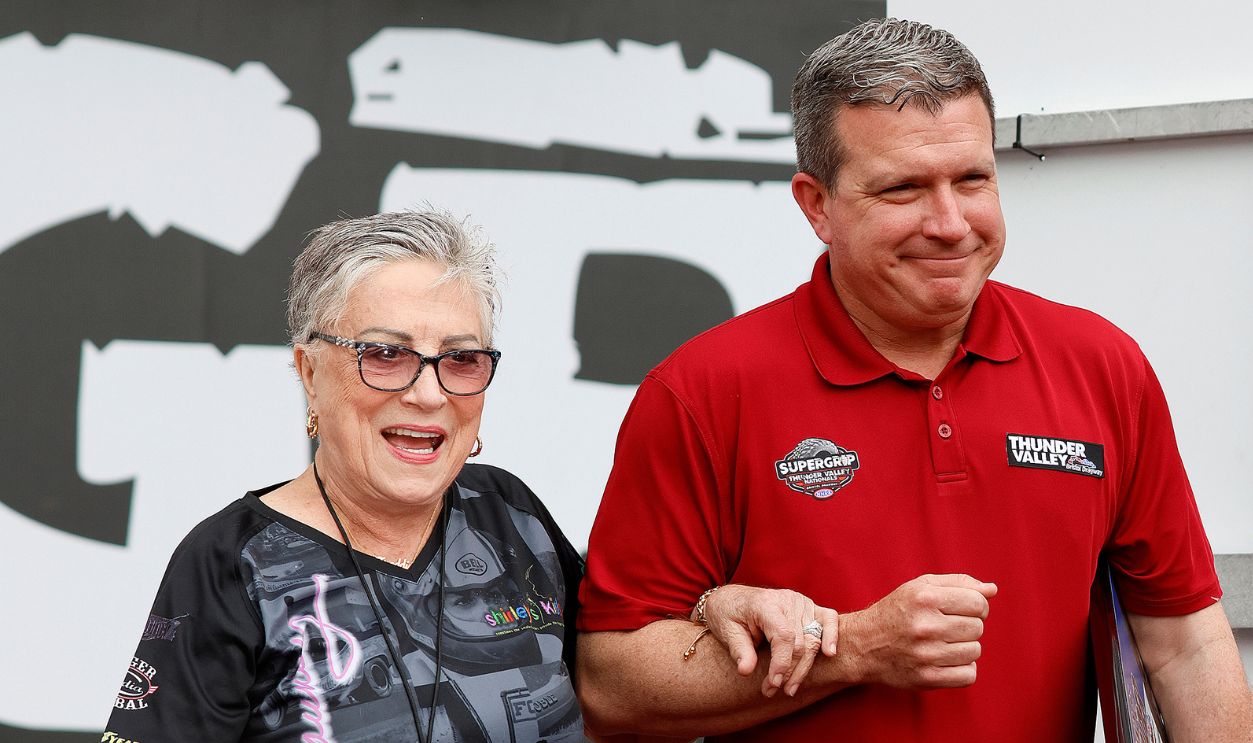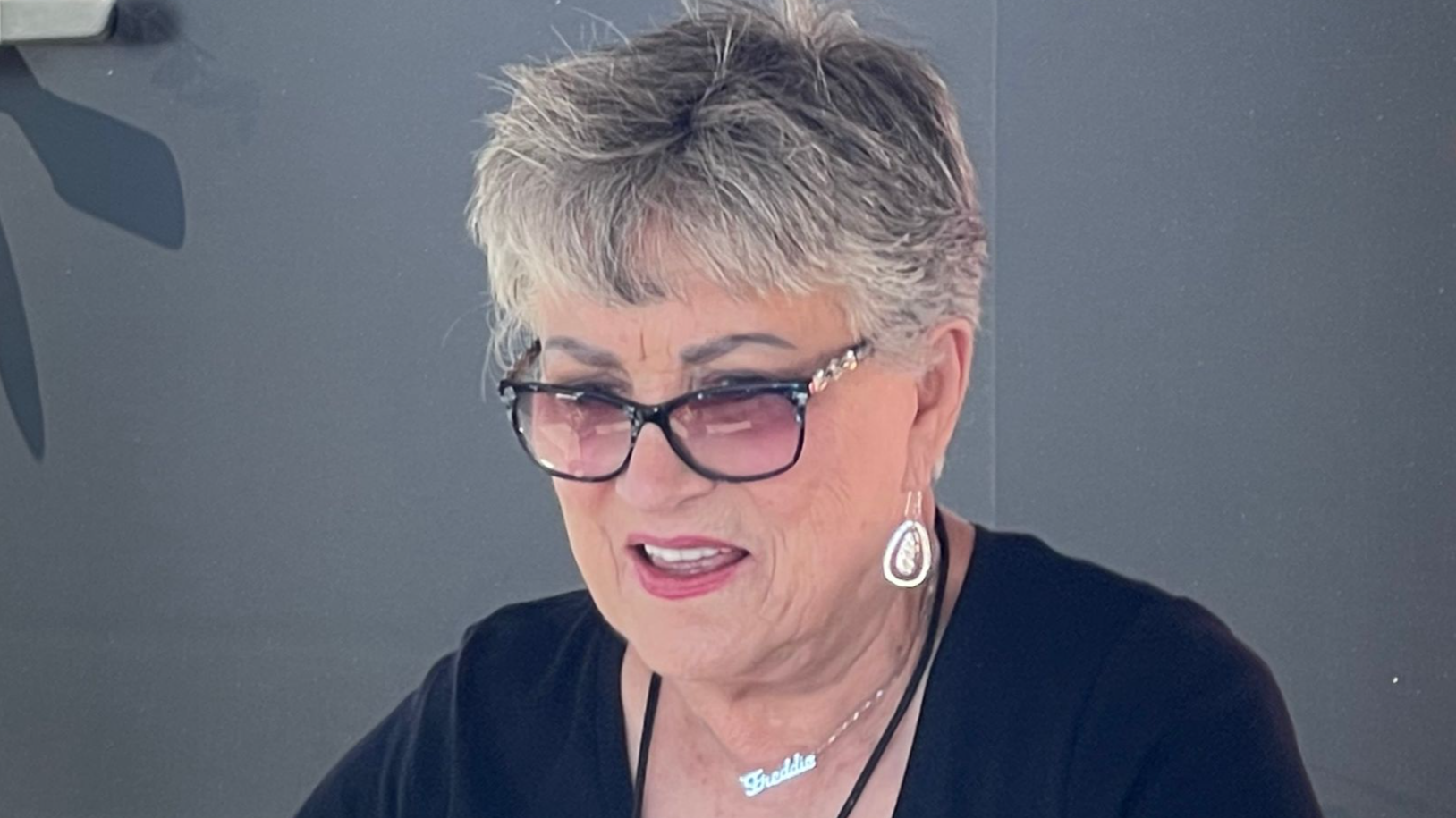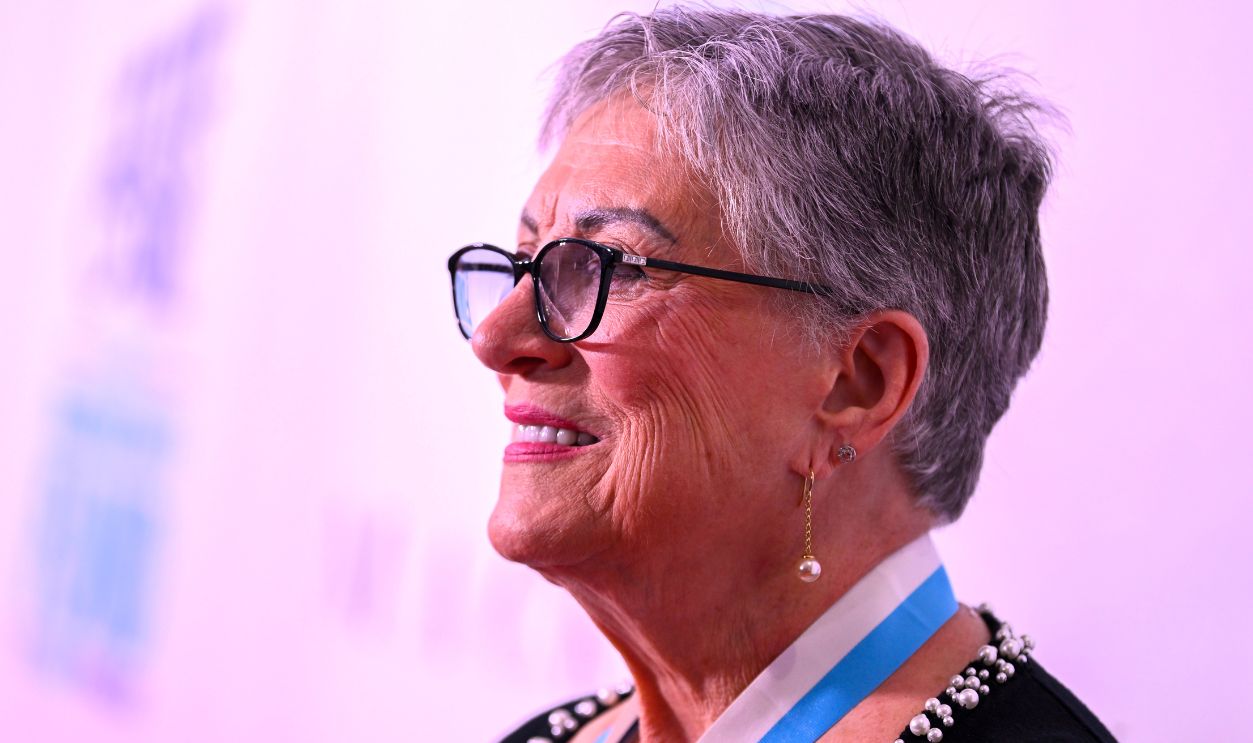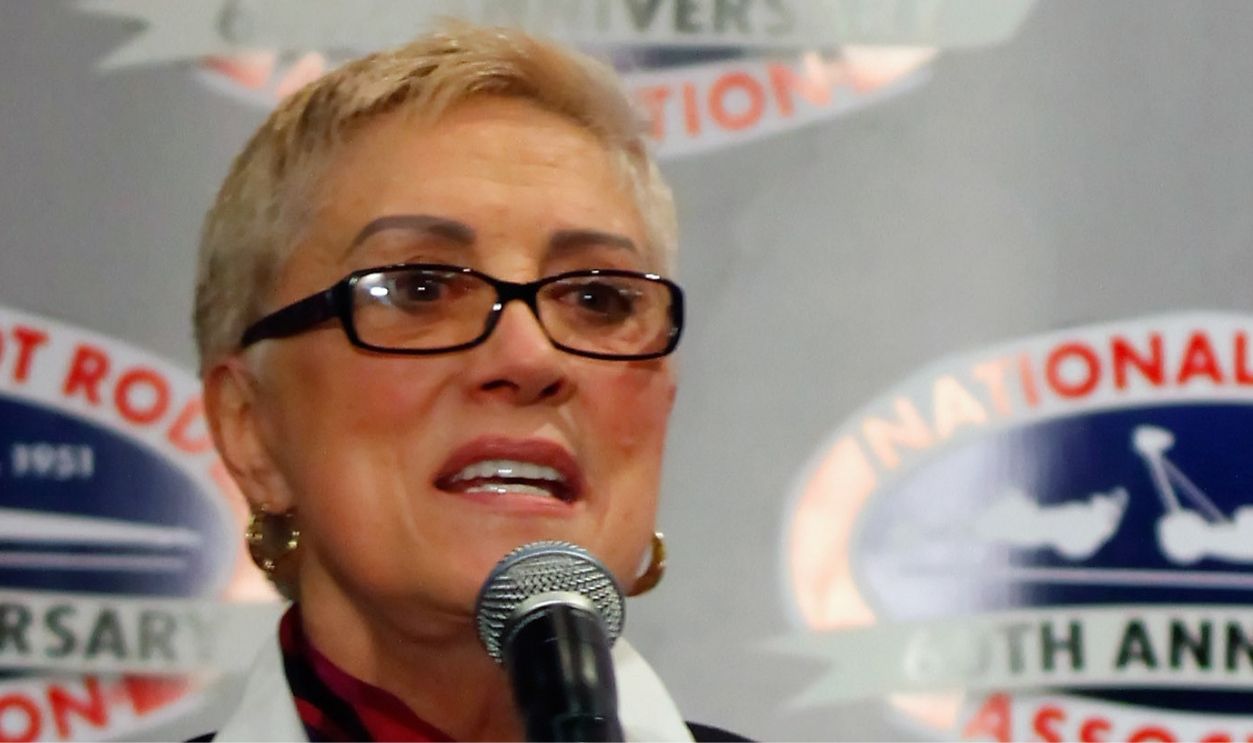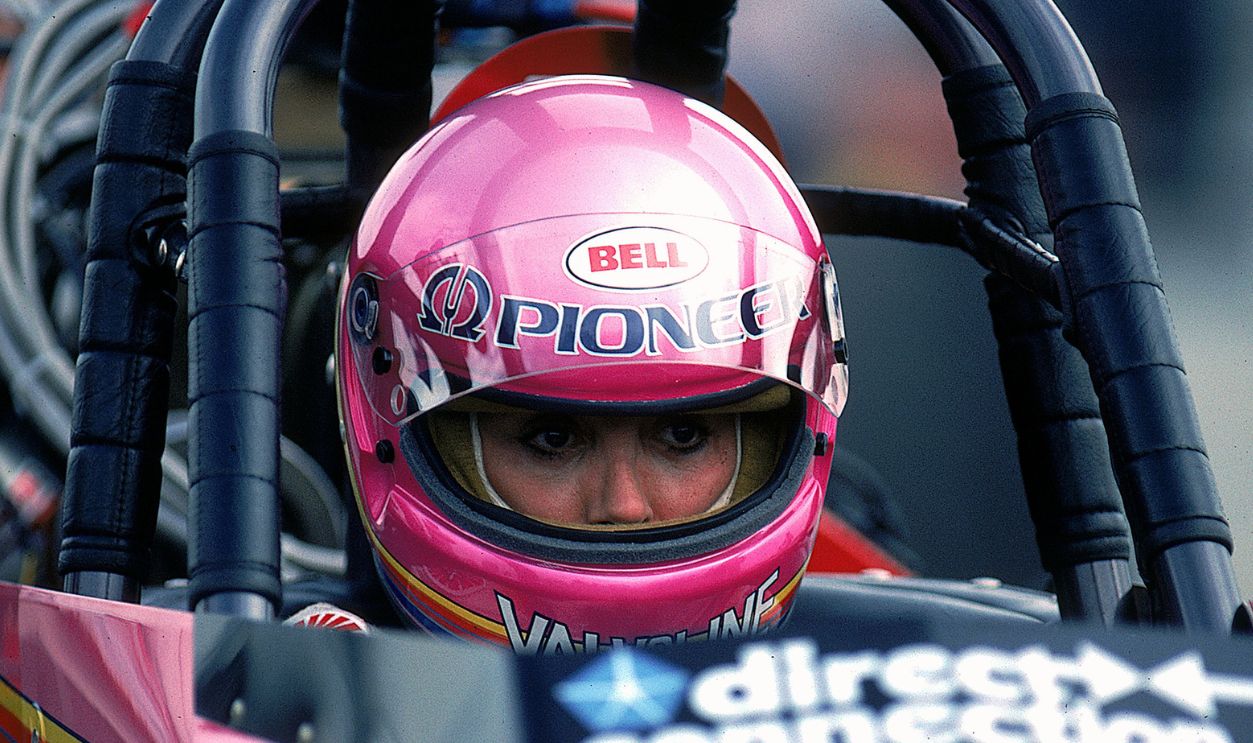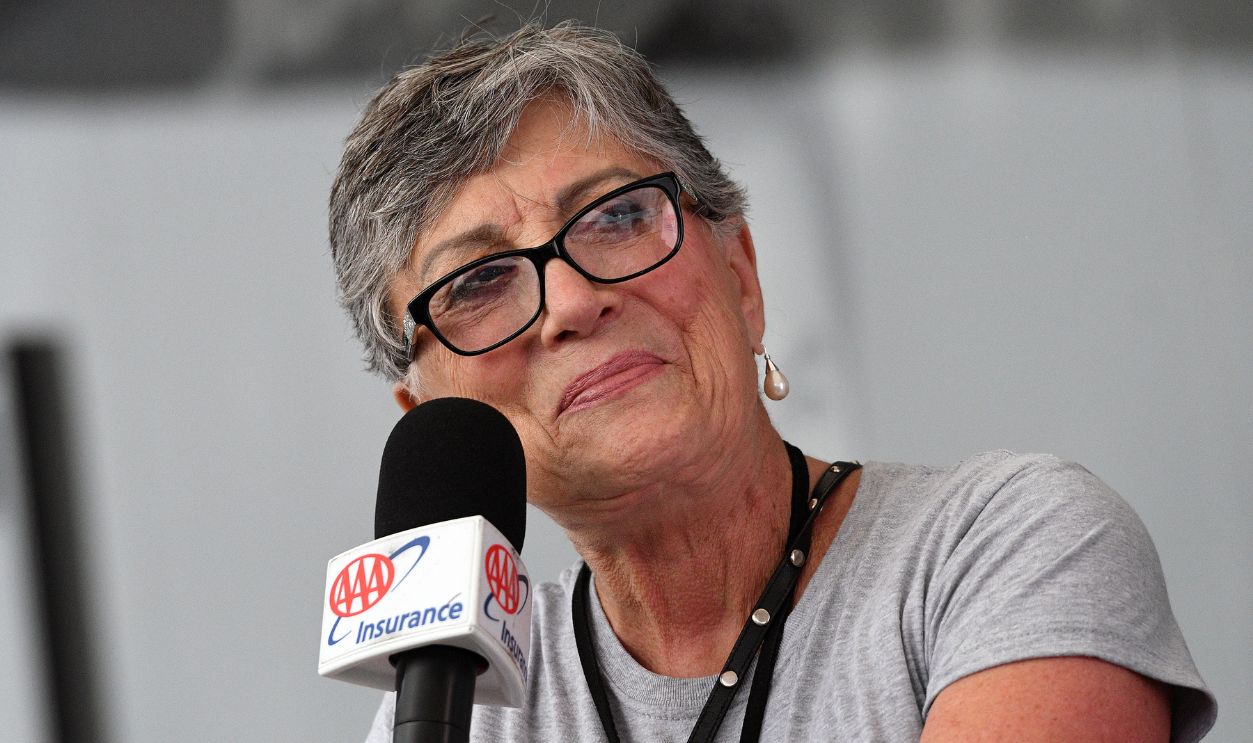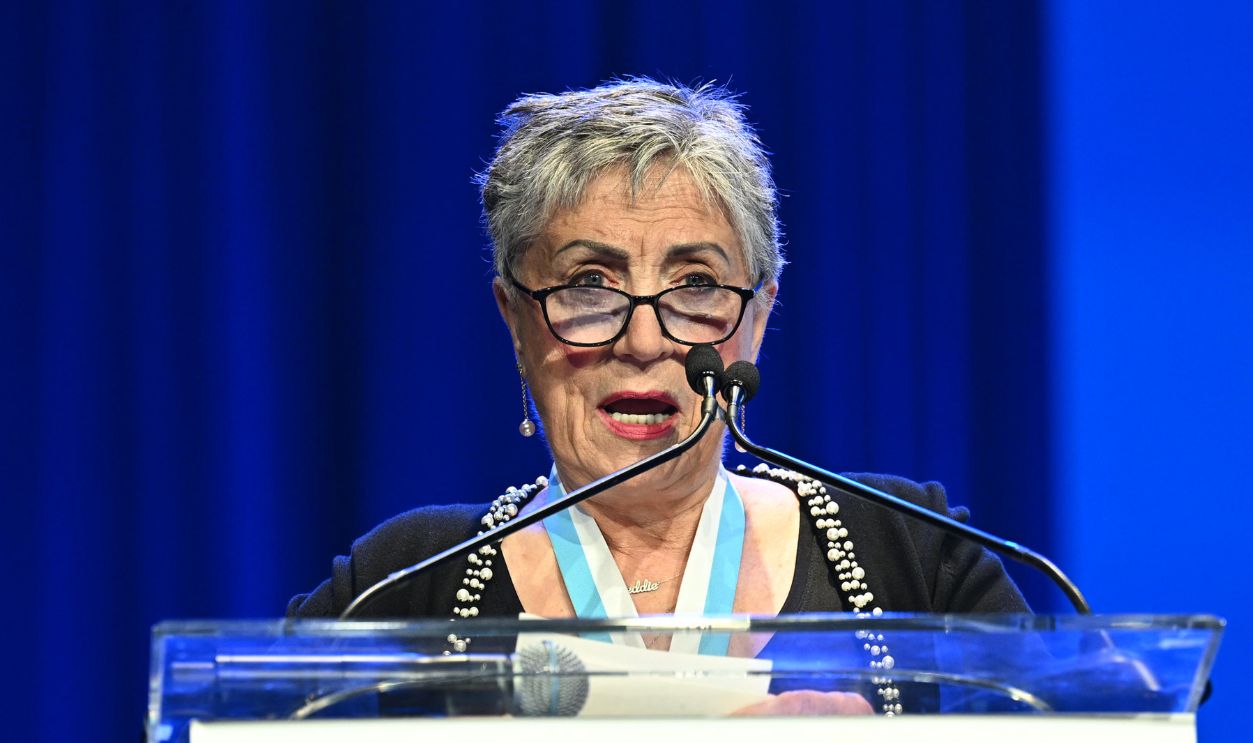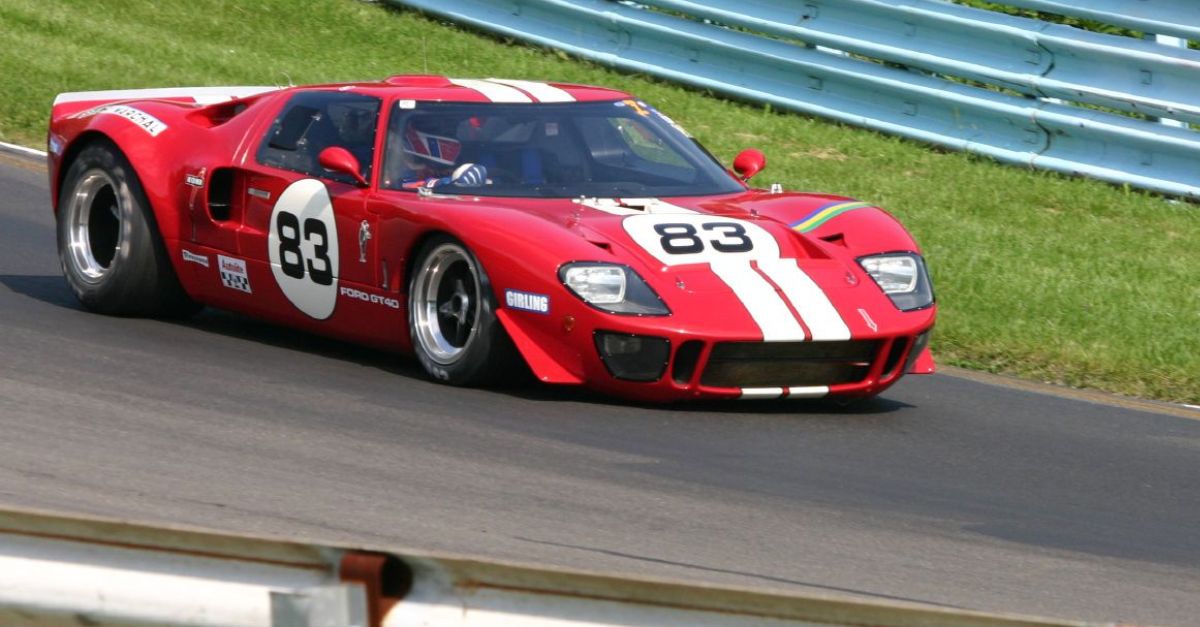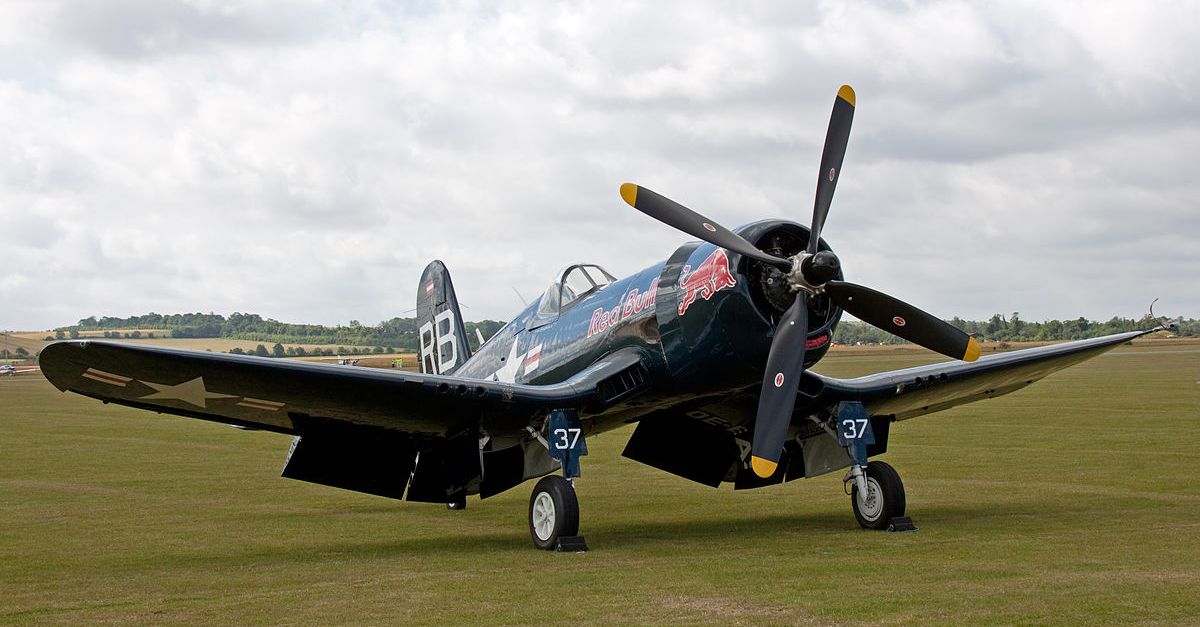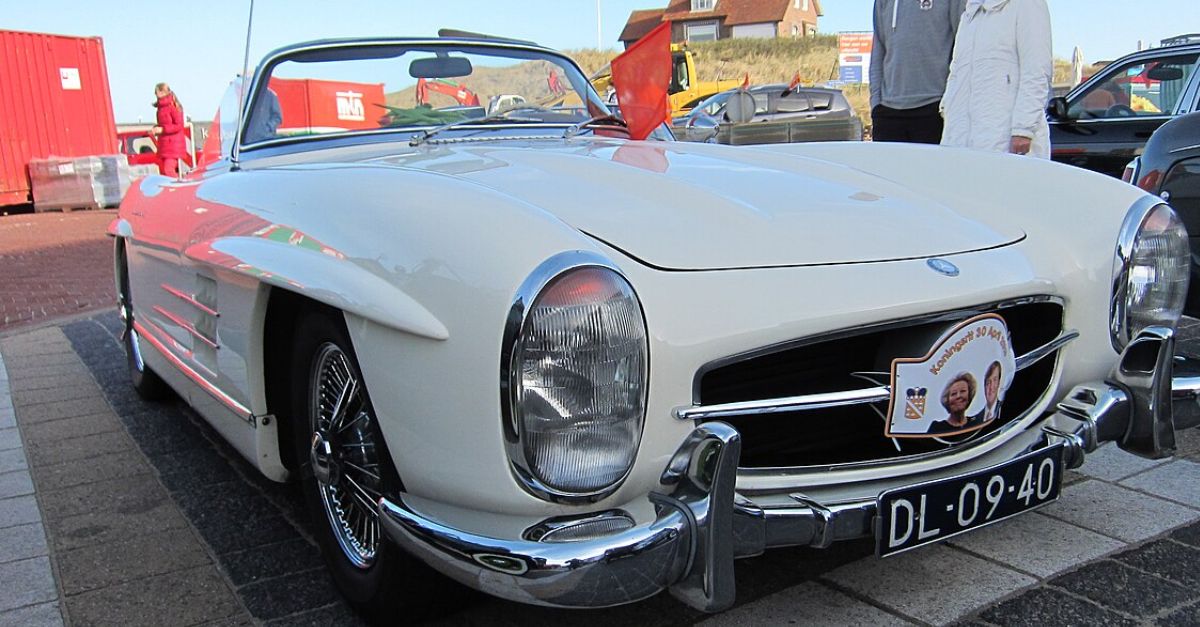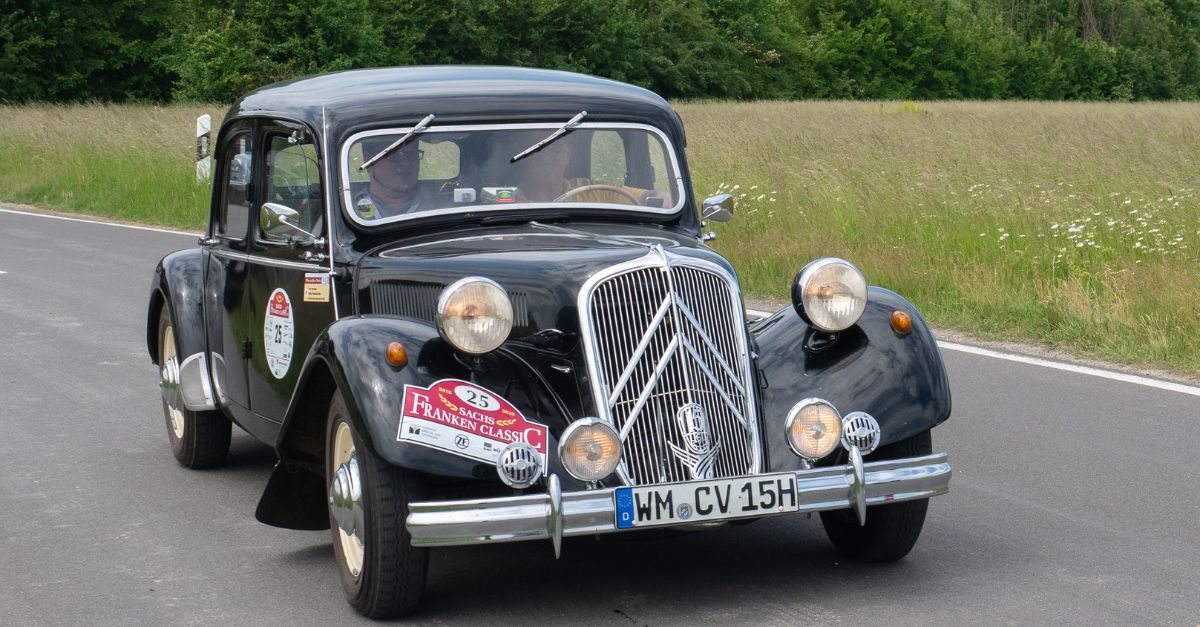The First Lady Of Drag Racing
Before women were welcome in the pits or behind the wheel, Shirley Muldowney blazed a trail through the male-dominated world of drag racing. From her start as a small-town street racer to her retirement as a three-time NHRA Top Fuel champion, she redefined perseverance in motorsports. Her journey is one of the most inspiring stories in racing history.
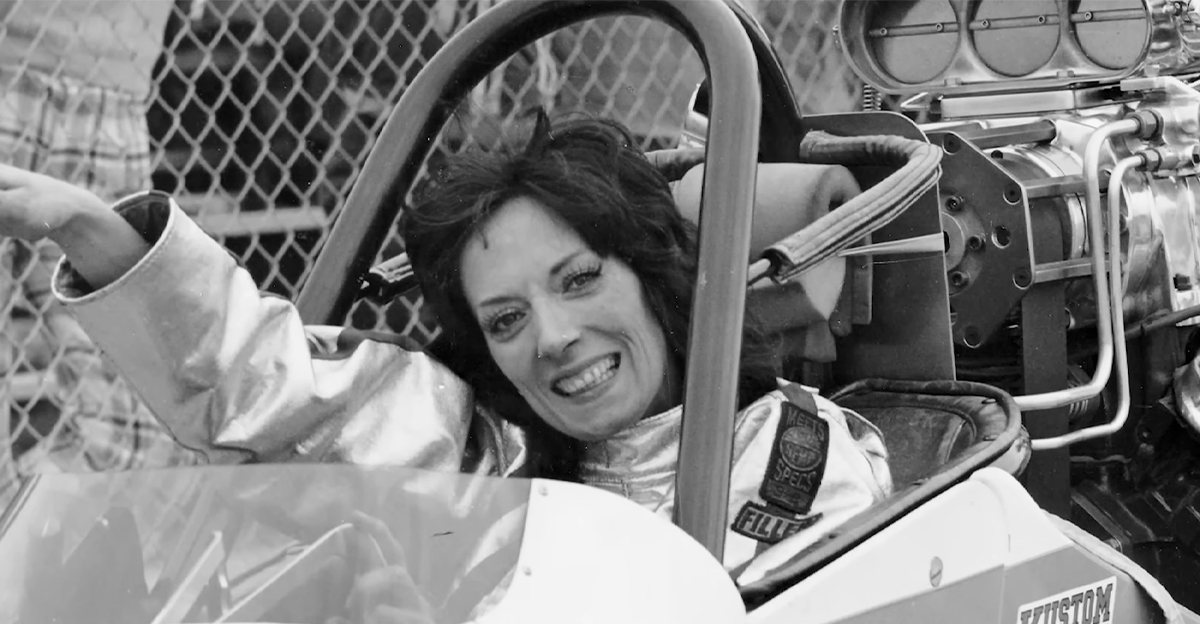
From Brooklyn To Burnouts
Shirley Muldowney was born in 1940 in Brooklyn, New York, but grew up in small‑town Canada before returning to the US to chase her dreams. Her early jobs included driving for a chauffeur service and working as a car-hop in a drive‑in burger joint, but she never lost her love of the roar of engines and the smell of nitro in the air.
 Jakub Halun, Wikimedia Commons
Jakub Halun, Wikimedia Commons
Breaking Into A Man’s World
In the early 60s, drag racing was almost exclusively a male domain. Muldowney bought a Camaro, raced it locally, and became one of the few women at the track. Her determination caught the attention of veteran racer Connie Kalitta, who later drove for her team.
She Was Nicknamed “Cha Cha”
Muldowney got the nickname “Cha Cha” during a post‑race celebration when she danced and joked with fans. The moniker stuck, and she embraced it, balancing fierce competitiveness with a charisma that attracted fan attention and challenged stereotypes.
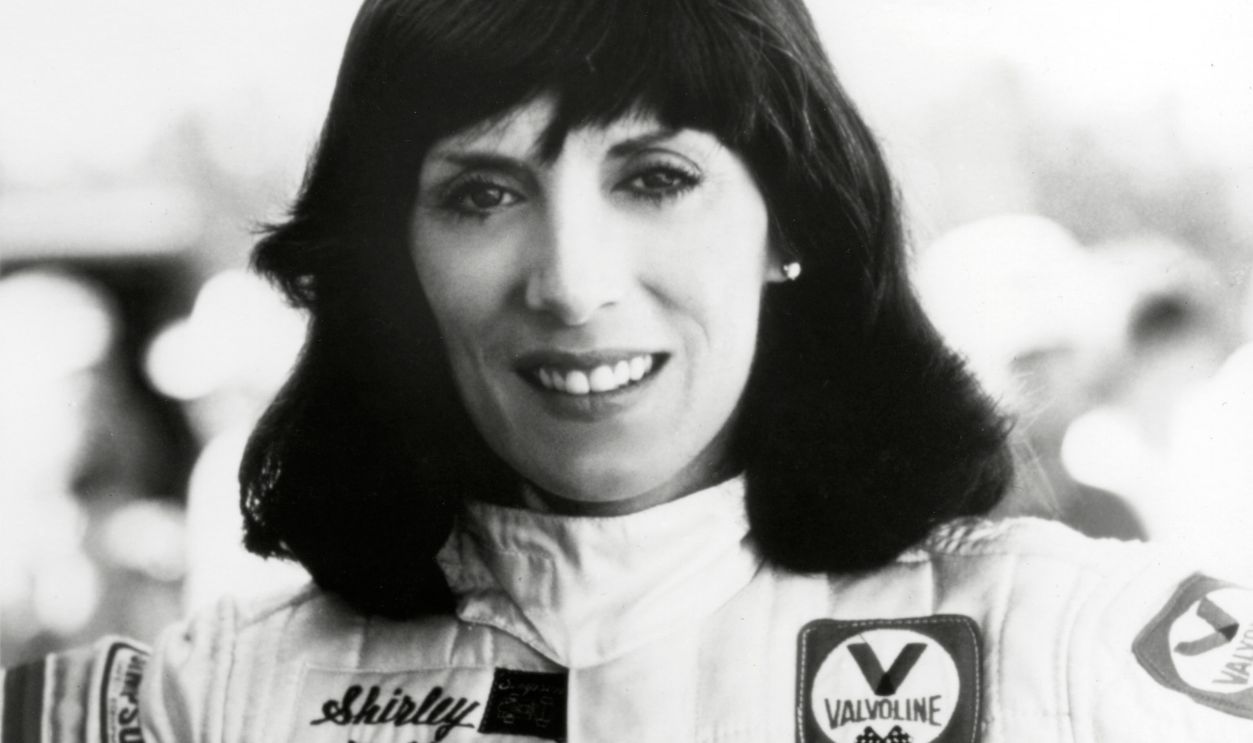 Universal History Archive, Getty Images
Universal History Archive, Getty Images
Up Through The Ranks: From Funny Car To Top Fuel
By the 70s Shirley moved into funny car racing and eventually into Top Fuel, the fastest class in drag racing. She battled long odds, exclusion, and technical hurdles, but her talent and grit pushed her up into top rank contention.
First Lady Of Drag Racing: Historic Top Fuel License
In 1976 Muldowney became the first woman to receive a United States Drag Racing Association (USDRA) Top Fuel license. This milestone shattered the glass ceiling of the drag racing world and announced to everyone that she belonged in the driver’s seat.
Championship Glory: Three NHRA Titles
Shirley captured the NHRA (National Hot Rod Association) Top Fuel championships in 1977, 1980 and 1982. Her 1980 title made her the first woman to claim the national championship in the top class in drag racing, an accomplishment that still gleams in motorsports history.
Crashes And Comebacks
Driving nitromethane hot rods at over 300 mph comes with serious risks. Muldowney survived several crashes, which she always bounced back from. But in 1984, she suffered a crash so bad that it looked like it would end her career.
The 1984 Accident That Nearly Ended Her Career
In June 1984, while racing in Montreal, Shirley’s dragster had a catastrophic front-tire failure at more than 250 mph. The car slammed into the guardrail and disintegrated. Muldowney suffered massive leg and hand injuries, leaving her trapped in the wreckage as rescue crews desperately worked to free her.
Recovery, Resilience, And A Triumphant Return
After 17 surgeries and almost two years of physical rehab, Shirley learned to walk again before she could race again. In defiance of doctors’ warnings, she rebuilt her car and her career from the ground up. When she returned to the drag strip in 1986, fans stood in tears, proof of her reputation as a true champion.
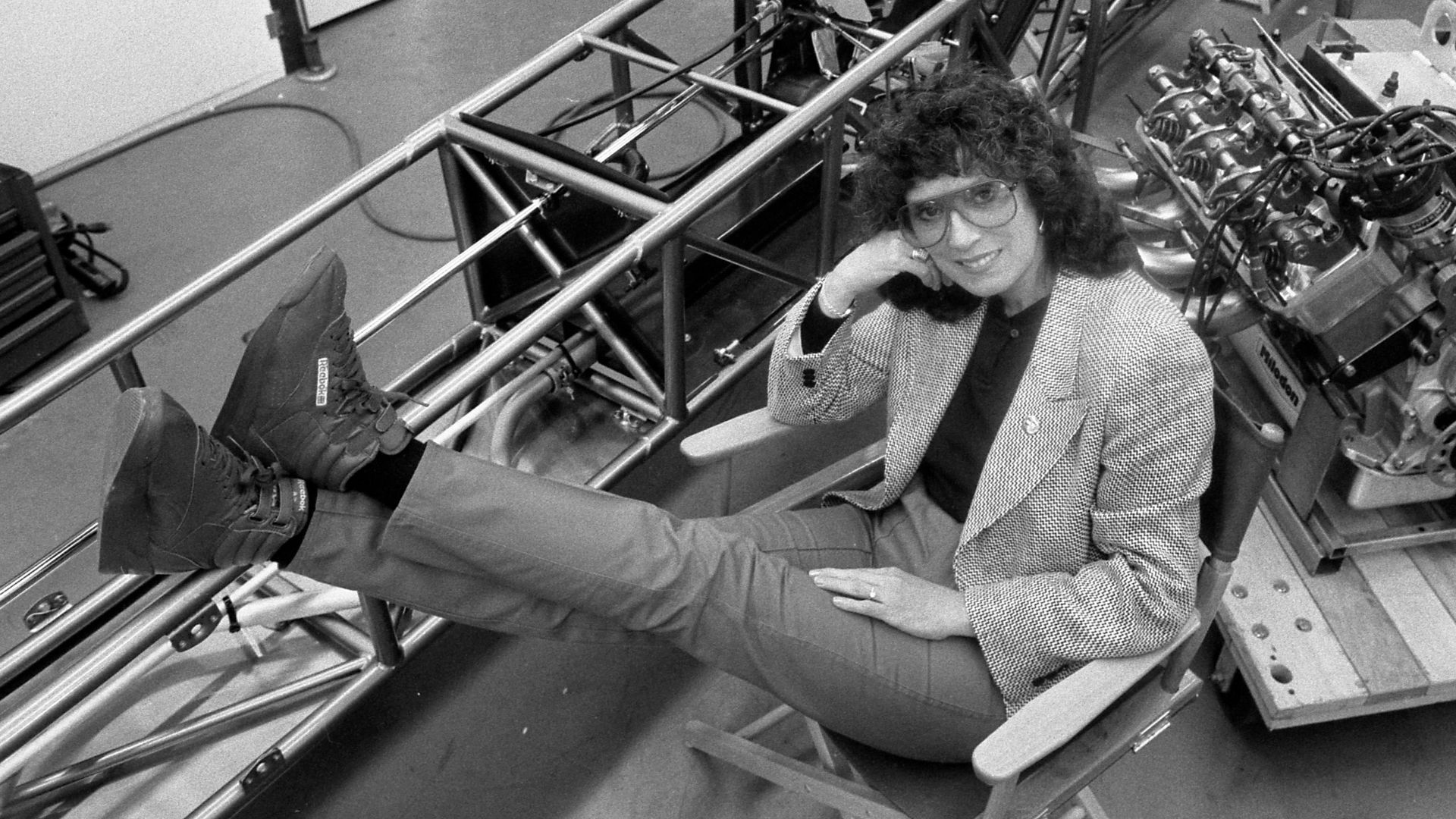 Joe Kennedy, Los Angeles Times, Wikimedia Commons
Joe Kennedy, Los Angeles Times, Wikimedia Commons
Business Skills And Team Leadership
Beyond driving, Shirley built her own team, managed sponsorships and assembled crews. It was proof of her business savvy, whether owning a truck stop or operating a full-fledged racing enterprise.
Innovations And Mechanical Ablities
Muldowney was known for her technical understanding. She worked closely with tuning specialists and mechanics, sometimes pushing her own innovations in chassis design and engine tuning. Her hands‑on way of doing things set her apart from many other drivers.
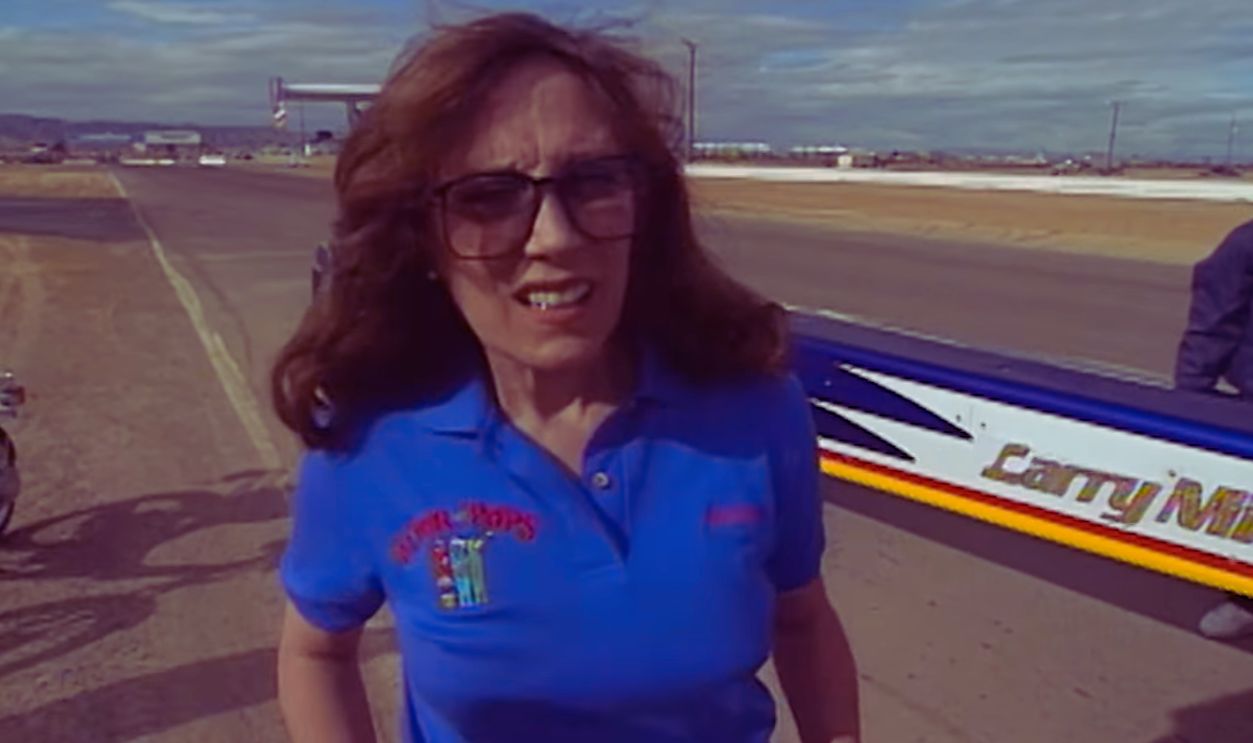 Nitro Time Machine: Shirley Muldowney's Wild Ride in Phoenix, NHRA
Nitro Time Machine: Shirley Muldowney's Wild Ride in Phoenix, NHRA
Cultural And Media Profile
Shirley’s career gained coverage by mainstream media, from People magazine to sports networks. In 1983 a film based on her life, Heart Like a Wheel, brought her story to a wider audience, elevating her impact even more.
 20th Century Fox, Heart Like a Wheel (1983)
20th Century Fox, Heart Like a Wheel (1983)
Her Reaction To Heart Like A Wheel
When Heart Like A Wheel premiered in 1983, Shirley appreciated that it captured her grit and rise in drag racing, but she was not as happy with some of the dramatizations. She later said the film exaggerated her personal struggles and relationships. Still, she credited actress Bonnie Bedelia for bringing respect to female racers and inspiring thousands of new fans.
 Warner Bros. Television, Wikimedia Commons
Warner Bros. Television, Wikimedia Commons
Legacy In Motorsports And Beyond
Muldowney left a legacy of the potential for women and minorities to enter drag racing, gain new sponsorships and win broader public acceptance. A lot of later drag racing champions cite her as an inspiration. Her Hall of Fame induction solidified her status as an all-time great.
Recognition And Honors
Shirley was inducted into the Motorsports Hall of Fame of America in 1995. Her awards include the NHRA’s Most Outstanding Driver and the Automotive Hall of Fame. Each recognition was a mark of how far she had travelled.
Facing Gender Bias On The Track
Even with all her many achievements, Muldowney often faced skepticism and bias. She was sometimes denied factory support, passed over by sponsors and regarded as a novelty. Her career showed the extent to which motorsports had to confront its own exclusionary attitude.
Sponsorship Roadblocks And Financial Hurdles
Securing a sponsor is critical in drag racing. Shirley’s first team had a rented truck and borrowed tools. Unlike many male drivers, she often had to plead for support. Her eventual success proved talent could overcome lack of resources.
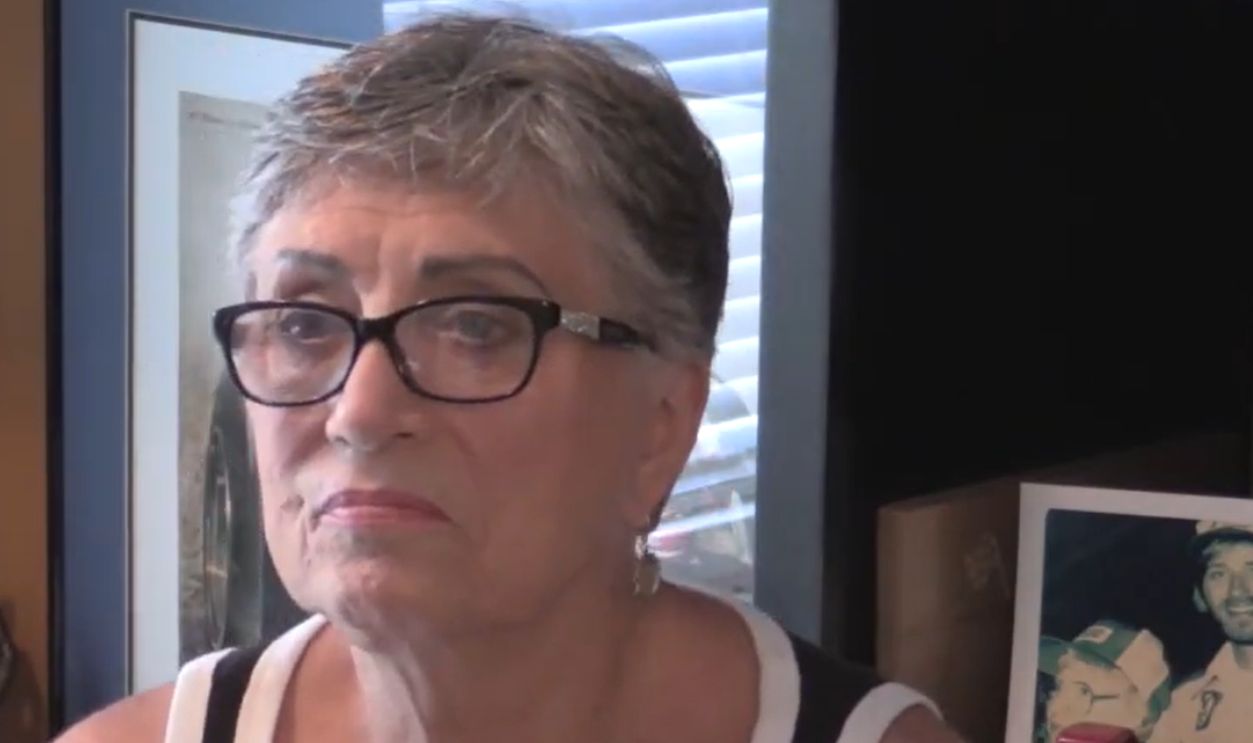 SEASON PREMIERE - LEGENDS: THE SERIES - THE LEGEND OF SHIRLEY MULDOWNEY, CompetitionPlusTV
SEASON PREMIERE - LEGENDS: THE SERIES - THE LEGEND OF SHIRLEY MULDOWNEY, CompetitionPlusTV
Inspiring The Next Generation
Muldowney’s story laid the groundwork for drivers like Courtney Force and Leah Pruett. She pushed open a lot of garage doors that were shut before. Her example still fuels inclusion efforts in racing schools and junior categories.
 A conversation with Drag Racing Legend Shirley Muldowney, WJHL
A conversation with Drag Racing Legend Shirley Muldowney, WJHL
Style, Personality And Fan Appeal
Shirley’s trademark hair, colorful fire‑suits and smiling demeanour drew legions of fans. She seemed to understand from the very beginning that success on the track went hand-in-hand with a compelling personality off it.
Life Beyond Racing: Mentorship And Business Ventures
After retiring from full‑time driving, Shirley turned her attention to mentoring young racers, managing a track car business and public speaking. She emphasised safety, responsibility and the joy of motorsports.
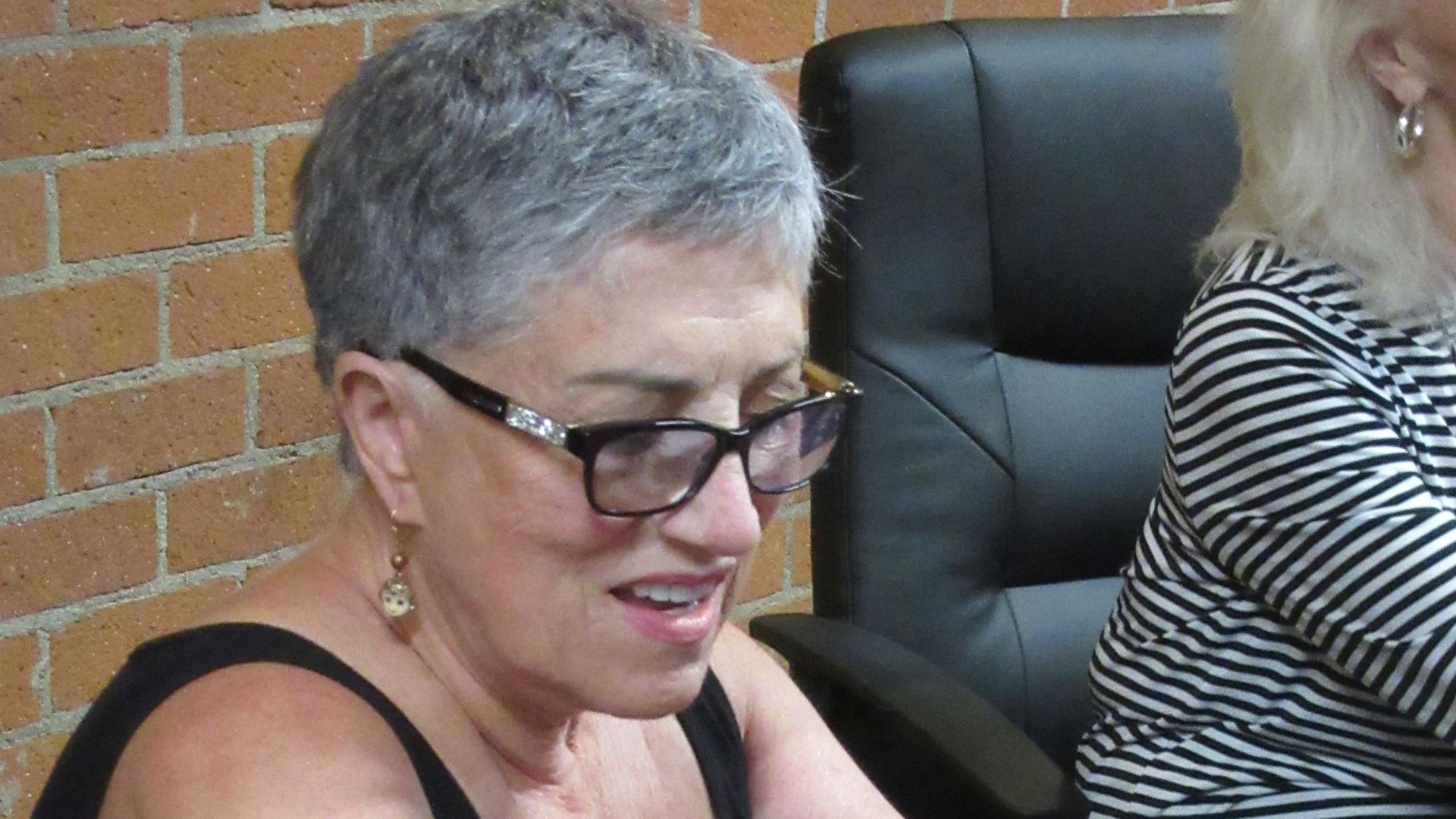 Penny Richards, Wikimedia Commons
Penny Richards, Wikimedia Commons
Setting Records And Maintaining Relevance
Muldowney held the quickest elapsed time among female drivers for many years. Even as the cars got faster, she was still setting records, for example, the new International Hot Rod Association (IHRA) speed record at 303.71 mph in 1997.
The Emotional Toll Of High‑Speed Competition
Drag racing comes with serious risks, pressure to perform, and the split‑second decisions that can turn a hero into a frontpage headline. Shirley’s path included grief, injury, triumph and redemption, all under the hot lights of racetracks.
The Lesson Of Her Career
Whether you’re a motorsports fan or someone boldly chasing down a dream of your own, Muldowney’s career offers lessons in resilience, authenticity, relentless focus and the will to carve out your own lane when none exists.
The First Lady Of Drag Racing Still Revs Hearts
Shirley Muldowney is still one of the most formidable figures in motorsports. She not only challenged norms, but won championships, set new records and left behind an inspiring legacy.
You May Also Like:
The NASCAR Career Of Davey Allison
F1 Records That Will Never Be Broken
The Offenhauser was the most dominant engine in racing history.

